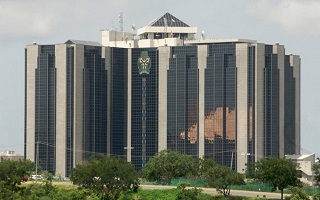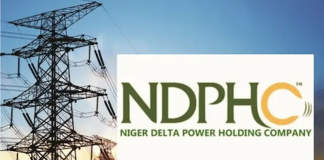The Central Bank of Nigeria (CBN) has released a set of guidance notes on the implementation of the International Financial Reporting Standards (IFRS9) for the other financial institutions (OFIs).
The circular which was signed by the Director of OFIs, Mrs. Tokunbo Martins, was posted on the central bank’s website.
The CBN directed the OFIs when measuring financial instruments and assessing significant increase in credit risk, to ensure that an entity, at each reporting date, assess whether the credit risk on a debt instrument measured at amortised cost and fair value through other comprehensive income has increased significantly since initial recognition, using among other factors the change in the risk of a default occurring over the expected life of the instrument.
Part of the circular reads: “The CBN expects OFIs to put in place policies and systems as well as governance arrangements and controls to identify instances where their exposures have suffered significant increase in credit risk.
“In assessing significant increase in credit risk, OFIs are to consider quantitative, qualitative and ‘backstop’ (30 days past due presumption) indicators. However, OFIs with loan facilities with tenor of not more than 180 days should use seven days past due presumption. In the same vein, 90 days past due presumption should be used for long term financial instruments such as mortgage loans with tenor longer than 10 years.”
On impairment of financial Instruments, it stated: “OFIs are required to put in place appropriate policies to ensure sound credit risk assessment and measurement processes as well as systems, tools and data that appropriately aid the assessment of credit risk and computation of Expected Credit Loss (ECLs).
In accordance with Section 5.5.1 of the Standard, OFIs are to determine ECL for financial assets measured at amortised cost, Fair Value through Other Comprehensive Income (FVOCI), lease receivables, contract asset, loan commitment and financial guarantee contract.”













